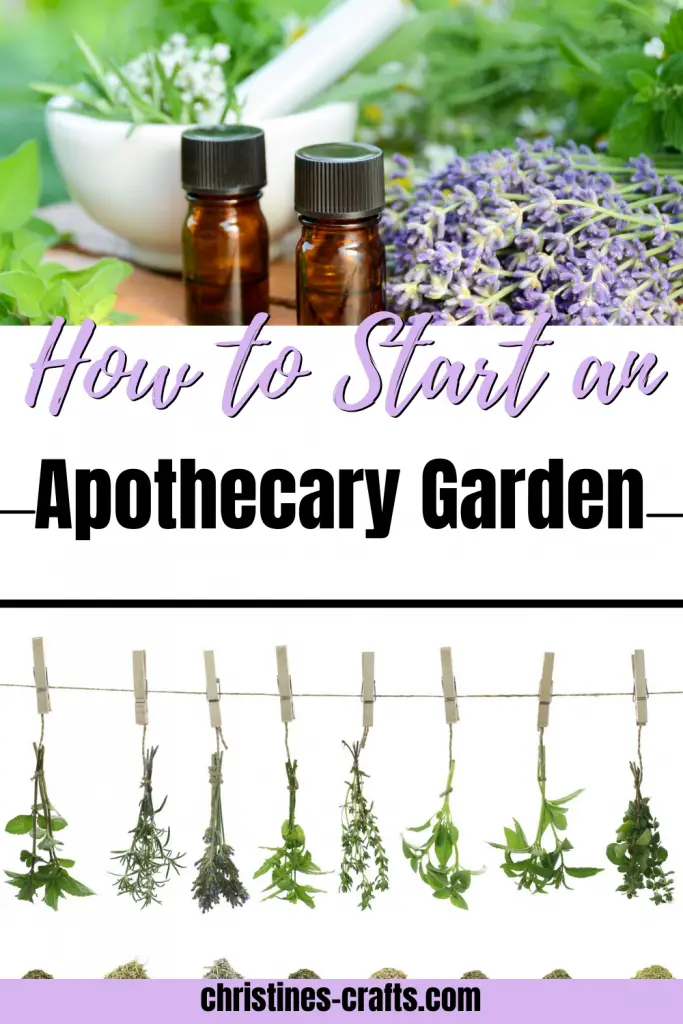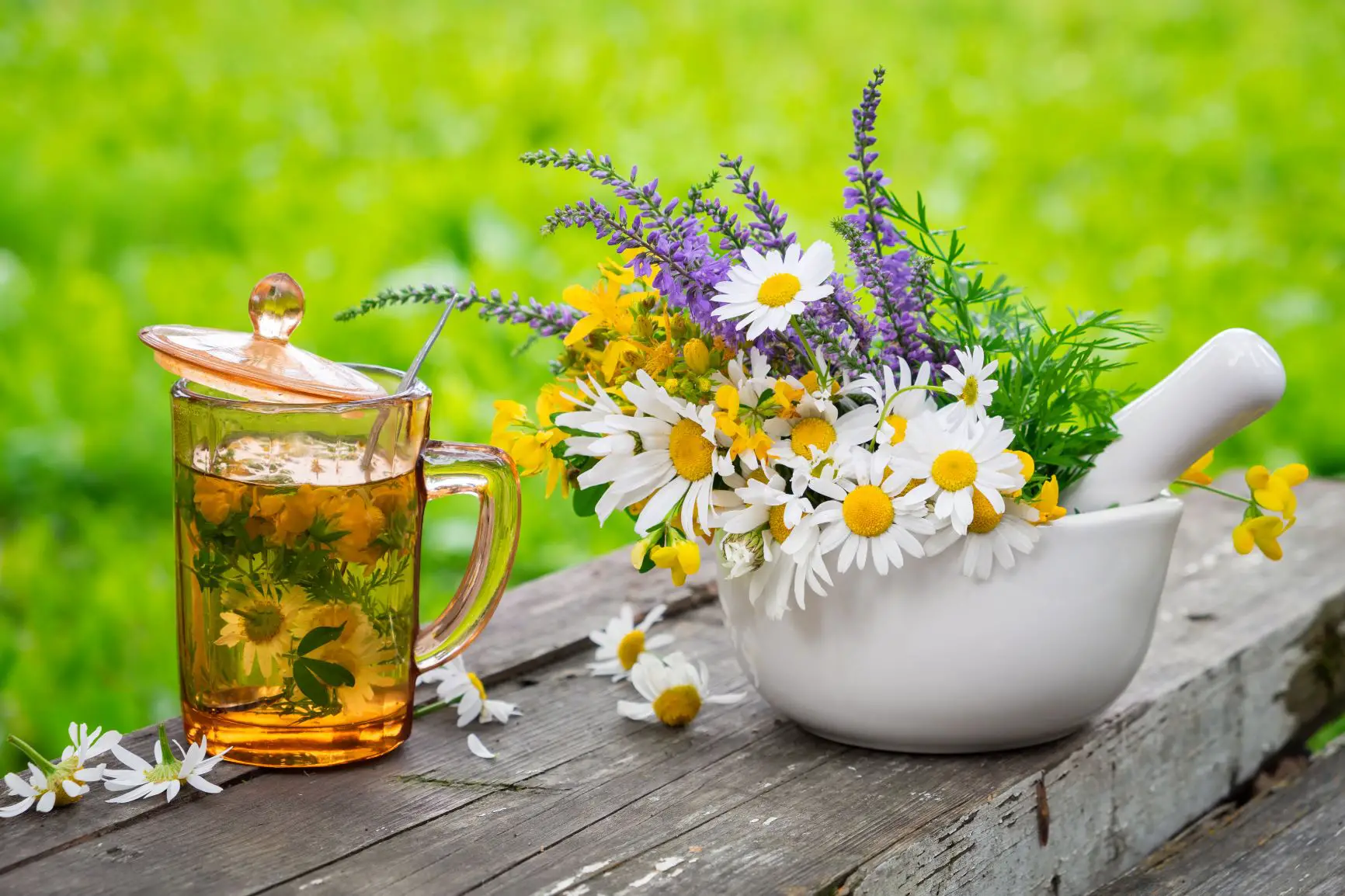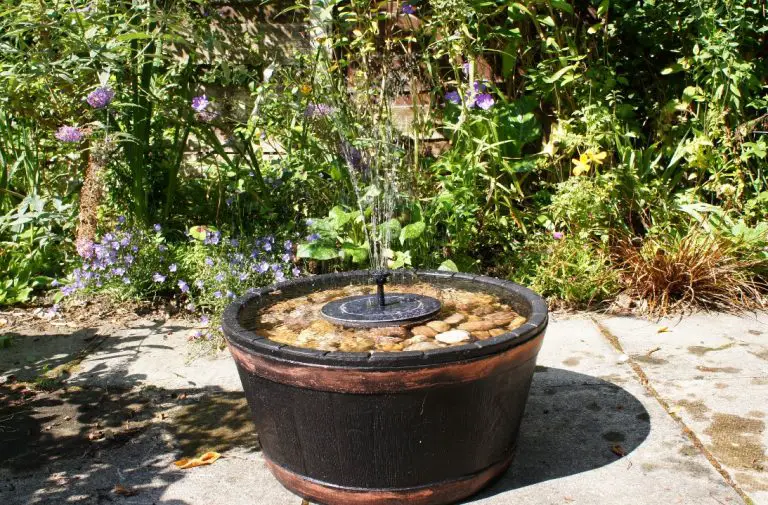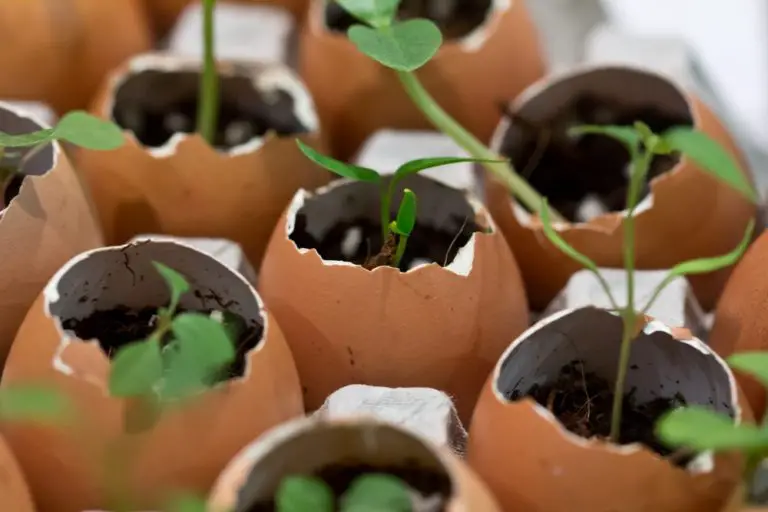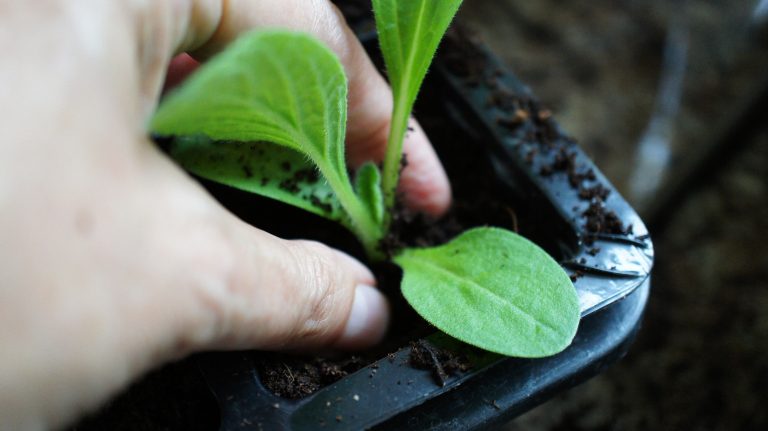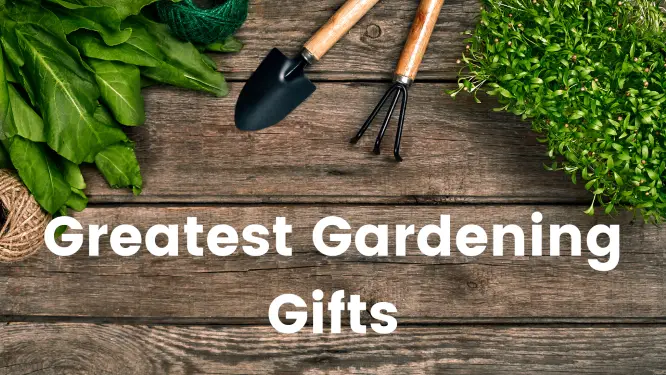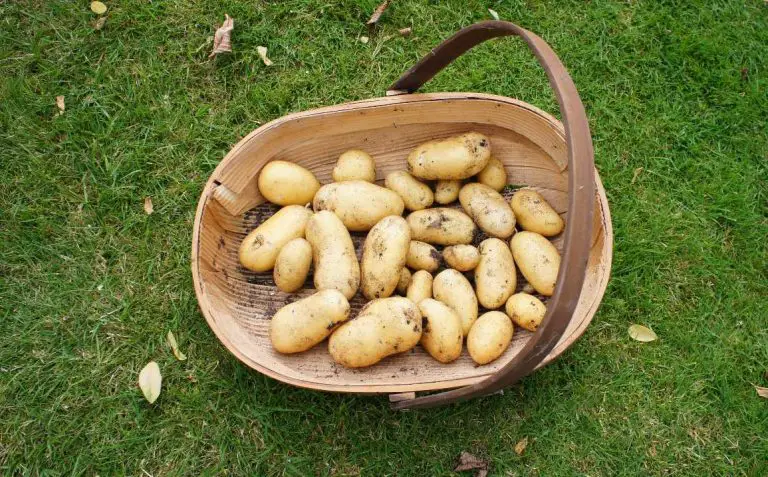How to Grow an Apothecary (Physic) Garden as a Beginner
As an Amazon Associate I earn from qualifying purchases
This article will introduce you to the Apothecary Garden and what it is all about. They are sometimes referred to as a Physic Garden too. The modern apothecary garden is quite different to a traditional one in it’s main purpose. We now have modern medicine and apothecary gardens are mainly used for enjoyment and complementary methods. In this article you will learn what an apothecary garden is and how you can set up your own. I have included links to lots of other sources to help you discover all about apothecary gardens and how you can set your own up on whatever scale you want to.
An apothecary garden is a complement to modern medicine and does not replace it. If you have any medical problems consult a medical professional. Your Apothecary Garden will give you great pleasure and may just soothe your minor ailments.
I am no expert in growing plants for medicinal purposes but I am an experienced gardener who can really help you get started as a beginner in this area so read on:
This page contains affiliate links meaning I earn a small commission if you use those links at no cost to you. I only recommend brands I use and trust.
What is an Apothecary Garden?
An apothecary garden is a garden that grows edible plants to be used as medicines for healing. They date back to Medieval times and were traditionally the only medicines available. Nowadays people grow them because they are interested in natural, organic alternatives or purely to look at (and smell). They can be incredibly beautiful and fragrant as well as practical for harvesting.
Where should your Apothecary Garden be?
Well, that is entirely up to you and usually you will have to work with what space you have available. You can set up a small apothecary garden indoors, perhaps on a windowsill, and depending where in the world you live that may well be your best option. Some plants require heat and cannot tolerate frost! If you are working inside you can grow all your plants in pots and move them around as you like.
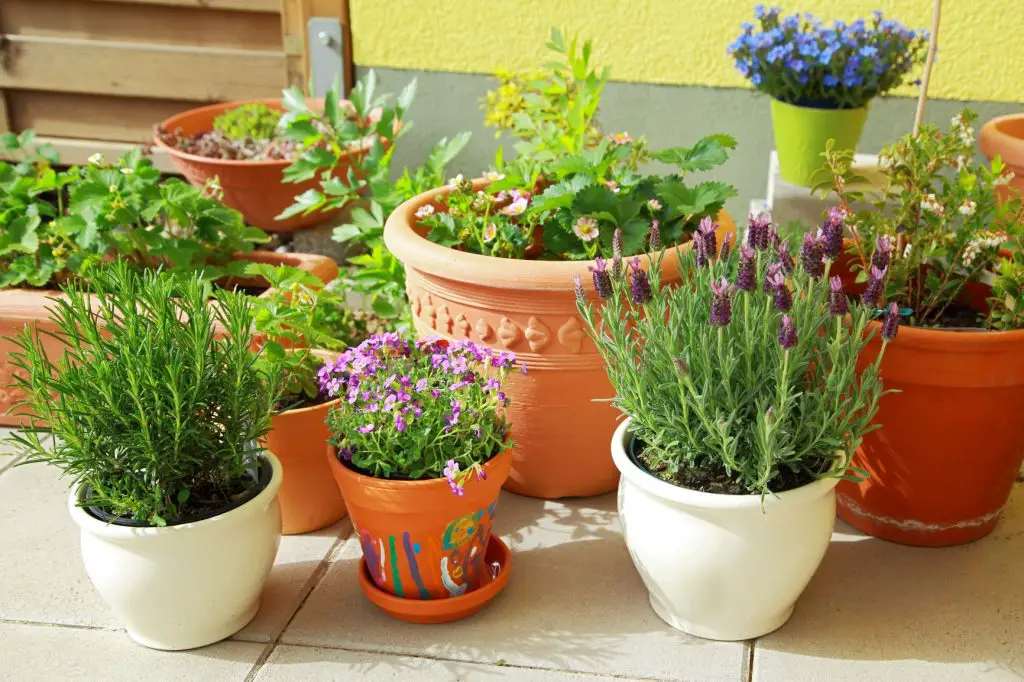
If you have an outdoor space then you simply need to identify the size of your space, how much sun it gets and how much rain it gets. Make a note of these things. They will help you to plan your layout and to decide on the plants you can grow. If you only have a yard or similar then consider planting up large pots and making your garden that way. Many plants are quite happy growing in pots and you have the flexibility of moving them around.
Is there a standard layout?
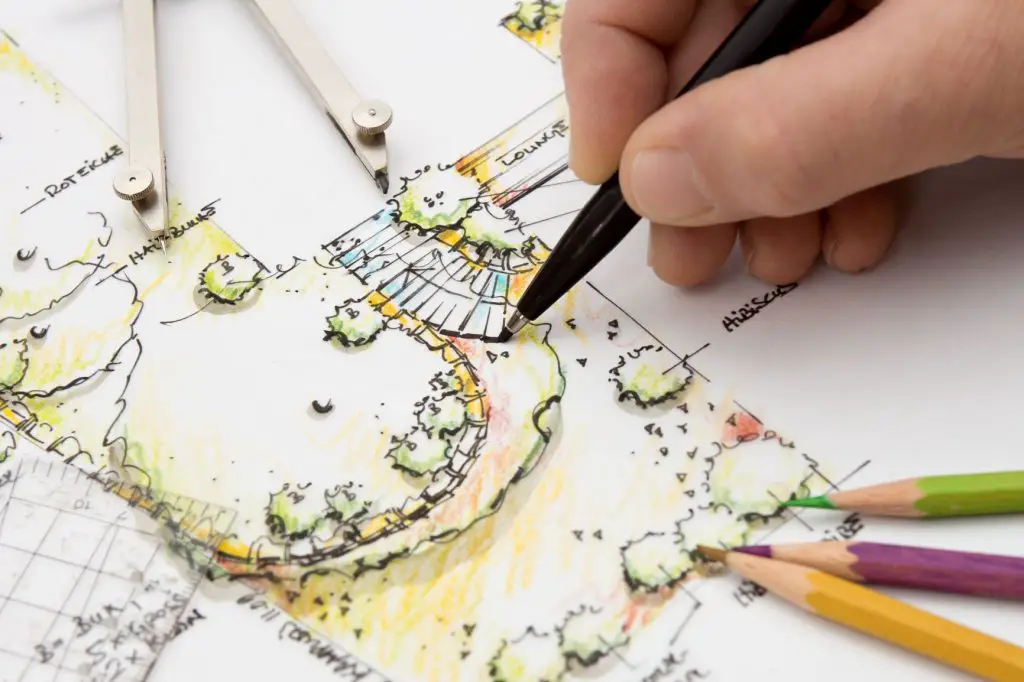
The simple answer to this question is no. You can layout your garden however you like. Traditionally they were grown in a walled courtyard. This resulted in a protected environment that most of the plants could thrive in. However most of us do not have a walled courtyard! It is a good idea to include plenty of paths so that you can access all your plants easily. Spiral or circular designs work well and have been used traditionally.
Some basic design ideas to consider are:
- Include many paths so that you can reach all your plants easily
- Aim for a pretty garden as well as a functional garden
- Consider when each plant flowers for a long season of interest
- Identify which areas are in full sun, which in full shade and which get both
- Include many different plants
- Include a seating area to enjoy your garden and make sure it is near fragrant plants
Research your plants to ensure they will grow in your conditions. This includes your weather conditions, soil conditions and how much time you have to dedicate to them.
I recommend planning your garden space no matter how small or large and recording your progress. It allows you to grow and develop and your garden to improve all the time. This is a perfect planner to do this and is available to download and print off instantly. Take a look in my Etsy shop, Christine’s Printables.

What plants should you use?
You can grow any plants that you like that make you feel good. There are no hard and fast rules but I will make some suggestions here and refer you to some sites for more information. There are literally hundreds of herbs and edible plants to choose from.
Make sure you are buying from a reputable source. This will ensure you get good quality plants that are exactly what you want and protect the environment as they will have been sustainably sourced and grown. Consider if you require organic plants from the start too.
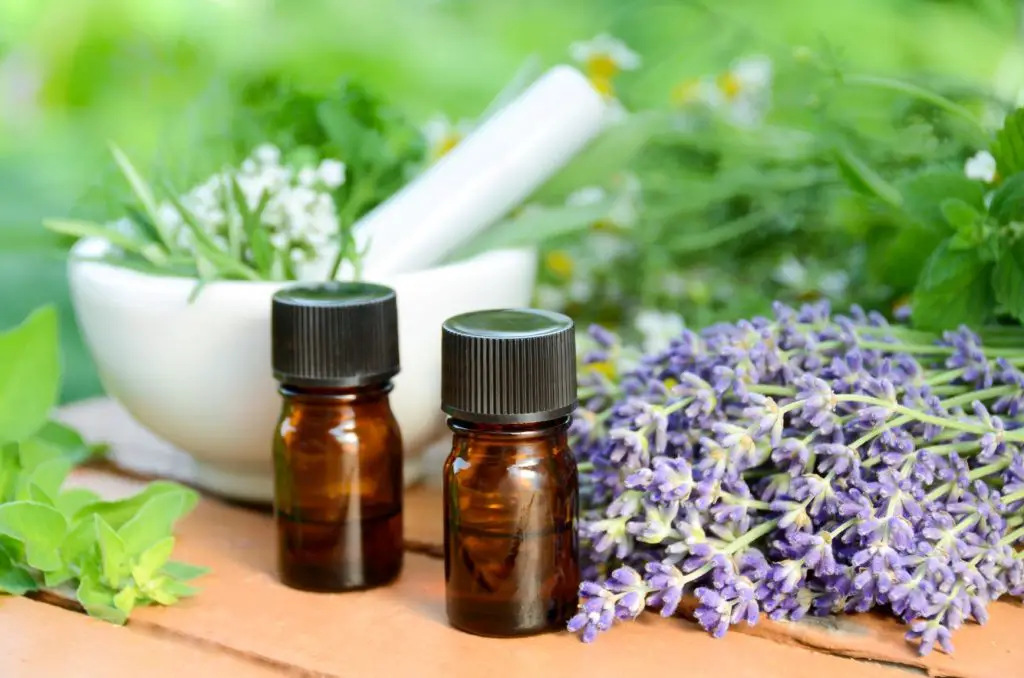
You can also purchase seed and grow your own plants. This is great if you are on a limited budget. I have grown whole lavender hedges from seed and you can see how to do that in my article ‘How to Grow a Lavender Hedge for £1’.
This is a table of a few plants that are easy to grow to get you started
| Plant | Benefits |
| Chamomile | Great for relaxing and easing sleep |
| Aloe | Very soothing gel in leaves for minor burns |
| Peppermint | Eases digestion |
| Lavender | Relaxes you and helps you to sleep |
| Oregano | Great all round herb |
| Sage | Eases a sore throat, especially when used with honey |
| Echinacea | For cold and flu symptoms |
| Calendula | Can be made into a salve to ease inflammation |
| Rosemary | Reduces a headache |
| Thyme | Has anti-bacterial properties |
| Roses | Many aromatherapy uses and great for skin |
For more ideas on garden ideas and plants to grow refer to:
The Complete Guide to the Apothecary’s Garden
In 2016 the RHS designed 3 well-being gardens for The Chelsea Flower Show. One of these was A Modern Apothecary Garden designed by Jekka McVicar and you can see that garden on their website at The RHS. This is a great example of a relaxing space developed to improve wellbeing based on traditional apothecary plants.
For a comprehensive list of herbs suitable for your Apothecary Garden try looking at Jekkas.com ‘Jekkapedia’. It is a fabulous resource listing all the information you need for over 400 culinary herbs. You will see how the herbs grow, what care they require and culinary suggestions.
Uses for your Apothecary Garden
How you choose to use your garden is entirely up to you but these are some suggestions. First and foremost in the modern world it should be an enjoyable space to be in. Whether you have a few herbs on a windowsill or a large garden you should enjoy being there and tending to your plants. The aromas from many plants really help with this.
Secondly you can harvest various parts of your herbs and plants. Often, in the case of herbs this involves drying them before use. However in some cases you use them fresh too. Aloe, for example, has leaves that contain a gel that you squeeze directly from the leaves onto minor burns. A great plant to keep in the kitchen.
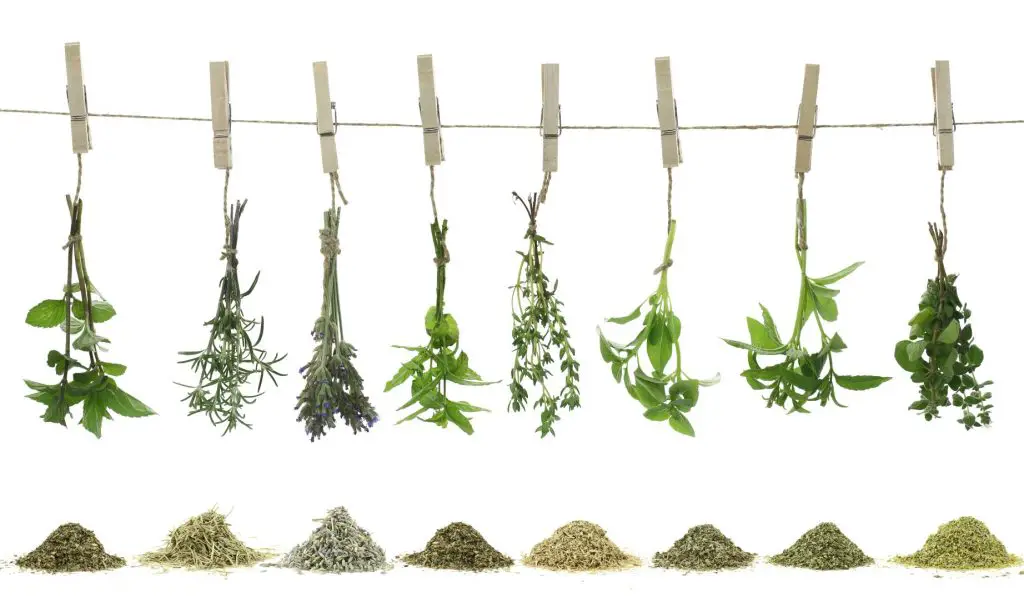
Many of these herbs can be used in meals and you get the benefits through simply consuming them in your food. Some, such as chamomile make great herbal teas. I must confess that I have drunk chamomile tea for years and it is very relaxing and makes a great drink for the evening.
Another use for your plants is in aromatherapy. You get some of the benefit simply from smelling the plants but they can also be used to make aromatherapy oils for massage, etc.
Suggested Reading
Some readily available and accessible books to help with your research include:
Encyclopedia of Herbal Medicine: 550 Herbs and Remedies for Common Ailments
The Kitchen Garden: Growing and Preparing Essential Herbs (edible Garden Series)




Finally
A word of caution. Plants can be dangerous when consumed even if they are edible. They may interact with medications or be dangerous in large quantities so stick to tried and tested plants and recipes. When in doubt don’t ingest it! If you intend to use your plants medicinally then make sure you consult a professional.
I hope that you enjoy setting up an Apothecary garden. I have not done it as a complete project but I have grown many herbs and edible plants in my own garden and that is an option too. Simply grow a few apothecary garden plants among your existing garden plants and harvest them as appropriate.
If you are looking for any more gardening tips then check out my articles:
- Successful Seed Sowing
- Transplanting Seedlings
- Free Biodegradable Plant Pots from old Newspapers
- Creative uses for timber in the garden
- Design a Fragrance garden
Please leave me any comments or questions in the comments section below. I try to answer them all!
Remember that you can download an Apothecary Garden Planner to print off instantly from Christine’s Printables right now and get started.
